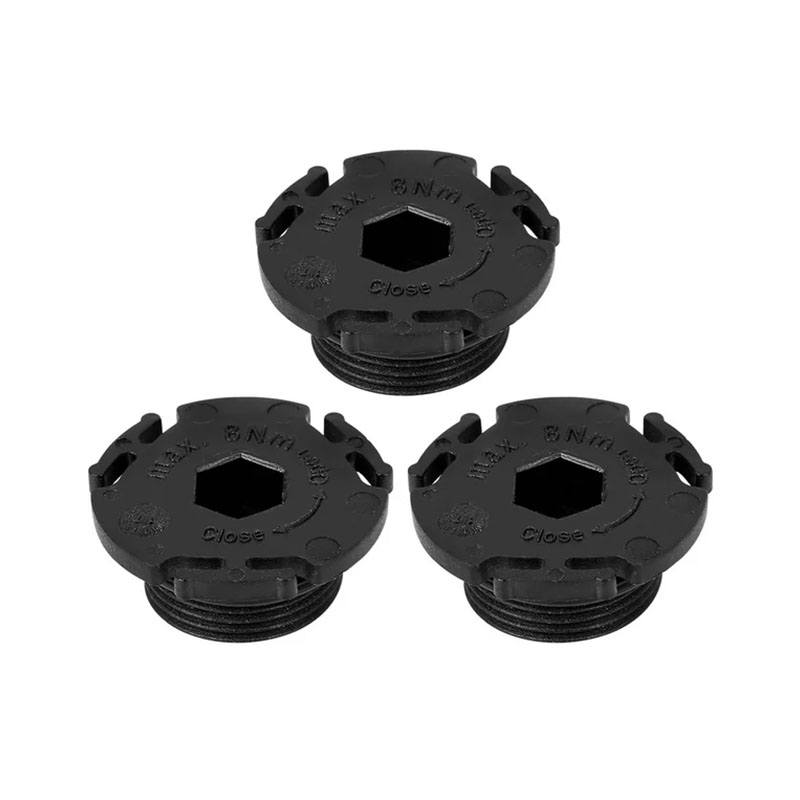Power Steering O-Ring Replacement Kit for Enhanced Steering Performance and Leak Prevention Solutions
Understanding Power Steering O-Ring Kits Importance and Maintenance
Power steering systems have become an essential feature in modern vehicles, providing drivers with enhanced maneuverability and ease of operation. One critical component that plays a vital role in the functionality of power steering systems is the O-ring. Power steering O-ring kits are designed to maintain and repair the integrity of these systems, ensuring safety and performance. This article will explore the importance of O-rings in power steering systems, the common issues that arise, and tips for proper maintenance.
What is an O-Ring?
An O-ring is a circular mechanical gasket used to create a seal between two or more parts. Made typically from rubber or elastomeric materials, O-rings prevent the leakage of fluids within systems under pressure. In the context of power steering, O-rings seal the various components, such as pumps, hoses, and steering gears, preventing fluid from escaping and air from entering the system.
Importance of Power Steering O-Rings
Power steering systems rely on hydraulic pressure to assist in steering the vehicle. This pressure is generated by the power steering pump, which circulates hydraulic fluid through the system. O-rings are essential in ensuring that this hydraulic fluid remains contained. A faulty or worn O-ring can lead to leaks, which can reduce the system’s performance and potentially cause steering failure.
Moreover, leaks in the power steering system can result not only in poor steering response but also in the contamination of the hydraulic fluid. This contamination can lead to significant damage to the pump and other steering components, incurring costly repairs. By investing in a power steering O-ring kit, vehicle owners can take proactive measures to maintain the integrity and efficiency of their power steering systems.
Common Issues with O-Rings
power steering o ring kit

Over time, O-rings can degrade due to various factors, including exposure to high temperatures, chemical breakdown from the hydraulic fluid, and general wear and tear. Symptoms of a failing O-ring include
1. Fluid Leaks Puddles of steering fluid under the vehicle may indicate a failing O-ring. 2. Steering Difficulty If the steering feels heavier than usual or exhibits resistance, it may be due to a fluid leak caused by a compromised O-ring. 3. Unusual Noises Grinding or whining sounds when turning the steering wheel can imply that the power steering pump is struggling due to inadequate fluid levels.
Maintenance Tips
To prolong the life of your power steering O-rings and system, consider the following maintenance tips
1. Regular Inspections Routinely check for fluid leaks and inspect the condition of the O-rings during oil changes or maintenance services. 2. Use Quality Fluids Always use manufacturer-recommended hydraulic fluid to prevent chemical damage to the O-rings. 3. Replace When Necessary If you notice any signs of wear, such as cracks or hardness in the O-rings, replace them immediately to avoid further damage to the system. 4. Consult Professionals If you are unsure about the condition of your power steering system, consult a professional mechanic who can perform a thorough inspection and recommend the necessary repairs.
Conclusion
Power steering O-ring kits are crucial for maintaining the functionality and safety of a vehicle's steering system. By ensuring these small yet vital components are in good condition, drivers can enjoy smooth and reliable steering performance. Regular maintenance and timely replacement of worn O-rings can prevent costly repairs and enhance the overall driving experience. Investing in a quality O-ring kit is a wise decision for any vehicle owner committed to maintaining their vehicle's performance and safety.
-
The Ultimate Guide to Boat Propeller Bearings and Trailer Wheel Bearings
News Jul.31,2025
-
The Essential Guide to Marine Bearings and Boat Trailer Wheel Bearings
News Jul.31,2025
-
The Complete Guide to Heavy Duty Seals: Protecting Doors and Spaces Efficiently
News Jul.31,2025
-
Essential Guide to Marine Shaft Bearings and Boat Trailer Axle Bearings
News Jul.31,2025
-
Comprehensive Guide to Marine and Trailer Bearings for Safe Boating and Transport
News Jul.31,2025
-
Comprehensive Guide to Automotive Oil Seals: Protecting Your Engine and Shafts
News Jul.31,2025
-
Understanding Automotive Oil Seals: Essential Components for Engine and Shaft Protection
News Jul.30,2025
Products categories















